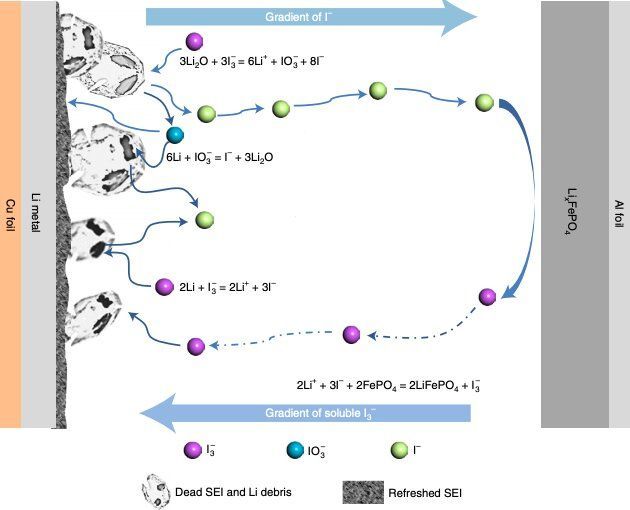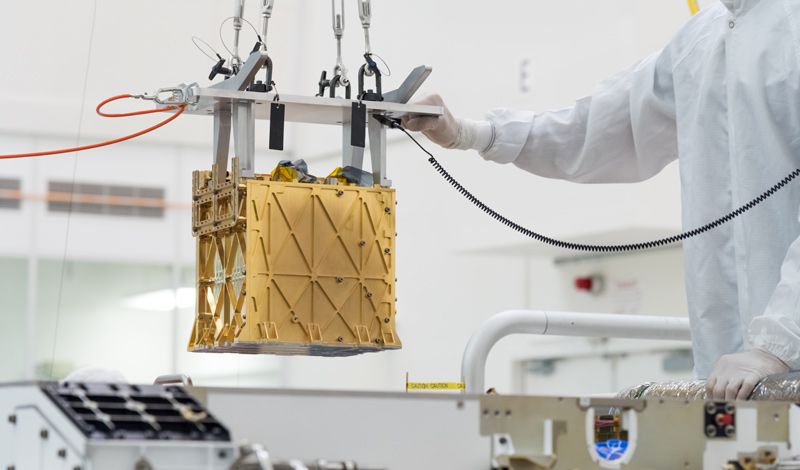Li-ion batteries and other emerging lithium-based battery technologies are currently used to power a wide range of devices, including smartphones, laptops, tablets and cameras. Despite their advantages, batteries containing lithium do not always retain their performance over time.
One of the main reasons for the performance decay observed in some Li-based batteries is that the lithium contained within them sometimes becomes inactive or “dead.” This “dead lithium” can cause capacity decay and thermal runaway, which can ultimately reduce a battery’s lifespan and impair its performance.
Researchers at Zhejiang University of Technology in China and Argonne National Laboratory in the U.S. have recently devised a strategy to restore inactive lithium in Li metal anodes. This strategy, outlined in a paper published in Nature Energy, is based on a chemical reaction known as iodine redox.








